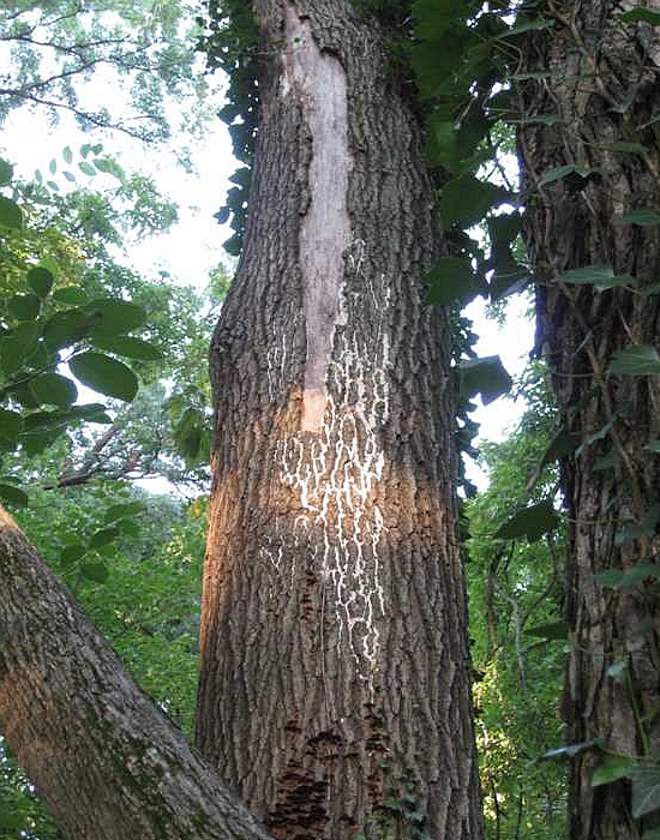
The many reasons for the disruption of the healthy growth of a tree. At Southern Star Tree, we have divided these factors into two main categories: living (biotic) and non-living (abiotic) factors. More than one factor can affect the health of trees in your yard over time. However, a useful distinction can be made between primary pests, which affect the tree's health, and secondary pests, which have a less important influence and usually attack trees that are already weakened by a predisposing factor. It is advisable to onboard a professional tree care company for routine maintenance.
The impact of insect pests is often increased if there was a previous weakening condition in the tree's general health and a lowering of its natural resistance to infestation. A great example is waterlogging or nutrient deficiencies. Poor nursery management IS one of the most common predisposing factors. As seedlings, pot-bound trees do not develop a healthy root system and grow poorly when planted. Working with a reputable tree service provider can help reduce the impact of such issues.
Stress and off-site factors undoubtedly have a major role in determining the health or condition of trees, as do poor soil and drainage. However, undue emphasis on poor sites or adverse climatic events such as drought and frosts as primary causes of observed symptoms and tree damage may prevent a more careful search for possible biotic influences.
Some pest groups are more popular than others because they are easier to see. Insects are frequently found on trees, although many are casual feeders and are not considered serious pests. Some are beneficial and are referred to as natural enemies. Fungi are frequently seen on decayed or dead organic matter, but they may not necessarily be the primary cause of the symptoms observed. Most fungi in nature are saprobic.
Insects and fungi are relatively easy to distinguish by direct observation, while the remaining pest groups are not. This means they live on decaying or dead tissue, and only a very small proportion are pathogenic. Several other living agents occur on trees, including lichens, mosses, and epiphytes such as bromeliads, but these have only a superficial impact on tree health.
The effects of poor soil and generally adverse growing conditions on the health of trees, and their causal association with observed symptoms, need to be addressed by a professional tree service provider. Nutrient-related disorders produce symptoms similar to virus diseases and other pest infestations or infections. A lack of information often makes it difficult for homeowners to make even a preliminary diagnosis of a problem regarding the health of their tree.
When poor growing conditions have long-term effects on the health of a tree, scheduling an appointment with an arborist can help mitigate further damage. These are some things to consider if you want a healthy and lush lawn. Contact us today at Southern Star Tree and schedule an appointment with the leading tree care company. We guarantee quality tree service at a competitive market price.